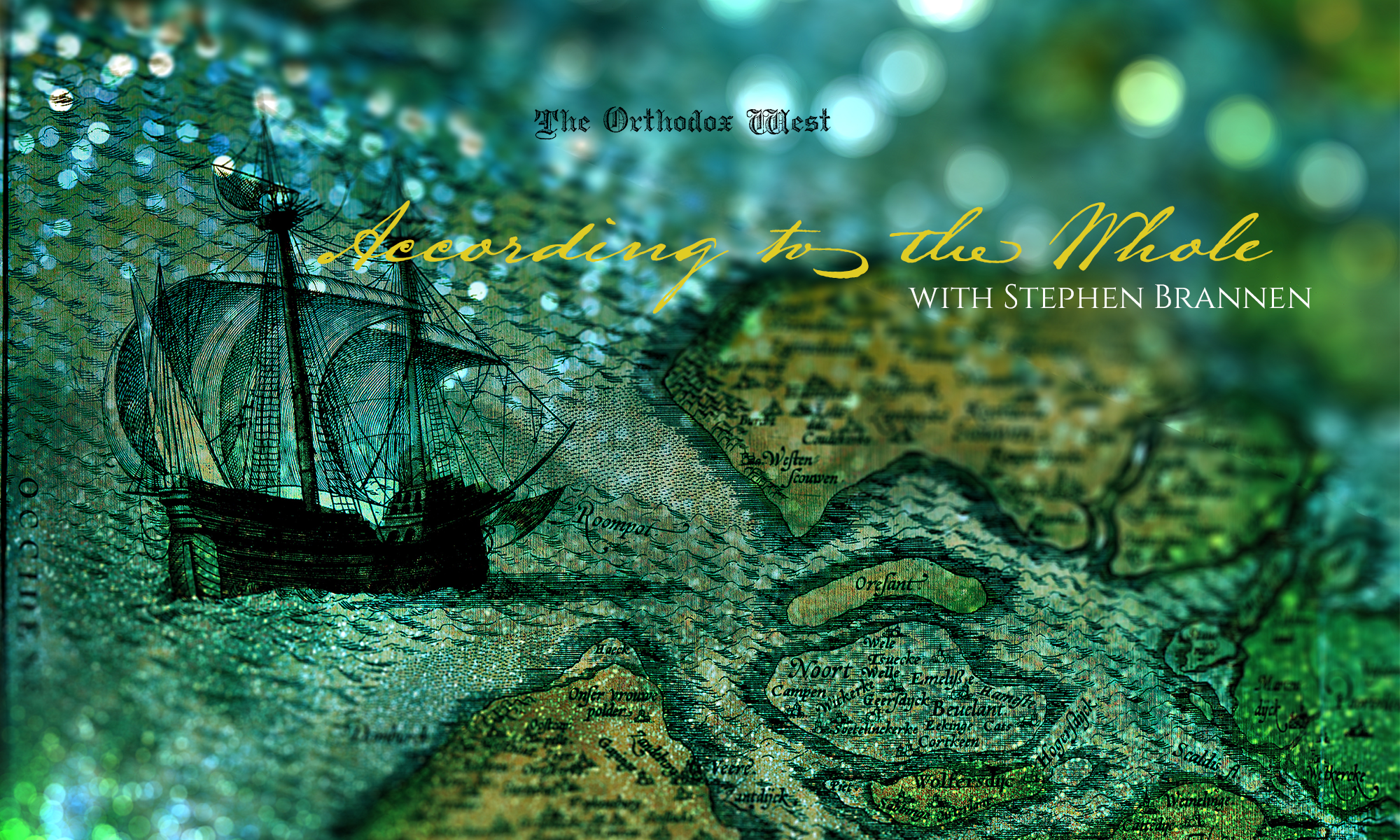Plainchant is the ancient, standard music of the Western tradition of the Church. It is traditionally monophonic (sung in unison), though it is sometimes harmonized and/or sung with accompaniment. It is sung without the time signatures of modern music (like 4/4 or 6/8), in a free meter.
Plainchant notation has four lines, which do not correspond to any particular note on a keyboard (like modern music), but are pitch-relative. There are two clefs,

which can bracket any line, and which indicate either the doh or the fa of the scale: doh-re-mi-fa-sol-la-ti-doh:

Every note shape is given equal length…

Unless:




Notes are always sung left to right:

And the lower note of a perpendicular group is always sung first:

When chanting Psalms or the suffrages in a litany, one line of music will be given as the guide to sing every verse of the text, which is sung on a reciting note and “pointed” with a slash or some other marking to indicate when to change to the final cadence.

When the text has a † symbol at the end of a phrase, it indicates the singing of a “flex,” which means the syllable preceding it is to be sung on the next lowest consonant note, depending on the psalm tone.
And that’s it! I mean, in a very tiny nutshell. That’s enough knowledge to allow you to pick up a book with plainchant in it and start singing—or at least to follow along.
For a fuller but still accessible intro to singing plainchant, as well as a little history, see this short article.

